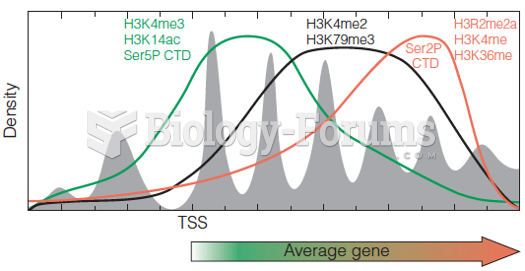Answer to Question 1
Answer: Obviously, evolutionary psychologists present a theoretical framework based on the theory of evolution. If there were certain behaviors, attitudes, and/or perceptual styles that showed sex differences it is quite likely that they exist because they give survival advantages to whichever sex possesses them. For example, reproduction is a very costly, time-consuming process for females. Not only do they carry a fetus for nine months, but they are tied to that fetus for years afterward due to breast feeding. It is logical that they may have evolved a genetically based preference for a mate that will not only provide a healthy infant, but who will be able to provide them with resources to survive after the birth. This, according to evolutionary theory, is why females show a preference for a mate with high status (resources) and why they do not favor casual sex. Males, on the other hand, can adopt a strategy of spreading their genes quite broadly, which will increase the likelihood that their genes will be successfully passed on to another generation. Thus males rate physical attractiveness (health) as high on their list of attributes in a mate and favor casual, frequent sex.
Answer to Question 2
Answer: The textbook provides some evidence of biological factors and social factors that cause differences between the sexes and ends with a hint at the possibility of integration through the biopsychosocial model. Recent finds have shown that oxytocin, a hormone that females generally have more of, is increased in women under stress and facilitates a tend-and-befriend response. Conversely, testosterone, which is generally experienced in higher concentrations by males, is increased under stress in males and encourages a fight-or-flight response. The textbook suggests that oxytocin could account for sex differences in tender-mindedness and nonverbal sensitivity. The book also summarizes evidence of the effects of social learning theory, such as Banduras. There is evidence that girls score lower on math and science tests because they find these subjects uninteresting or unappealing, not because of any lack of inherent ability to do them.






